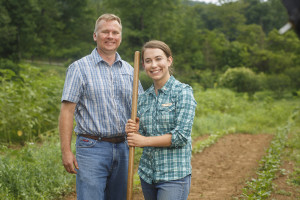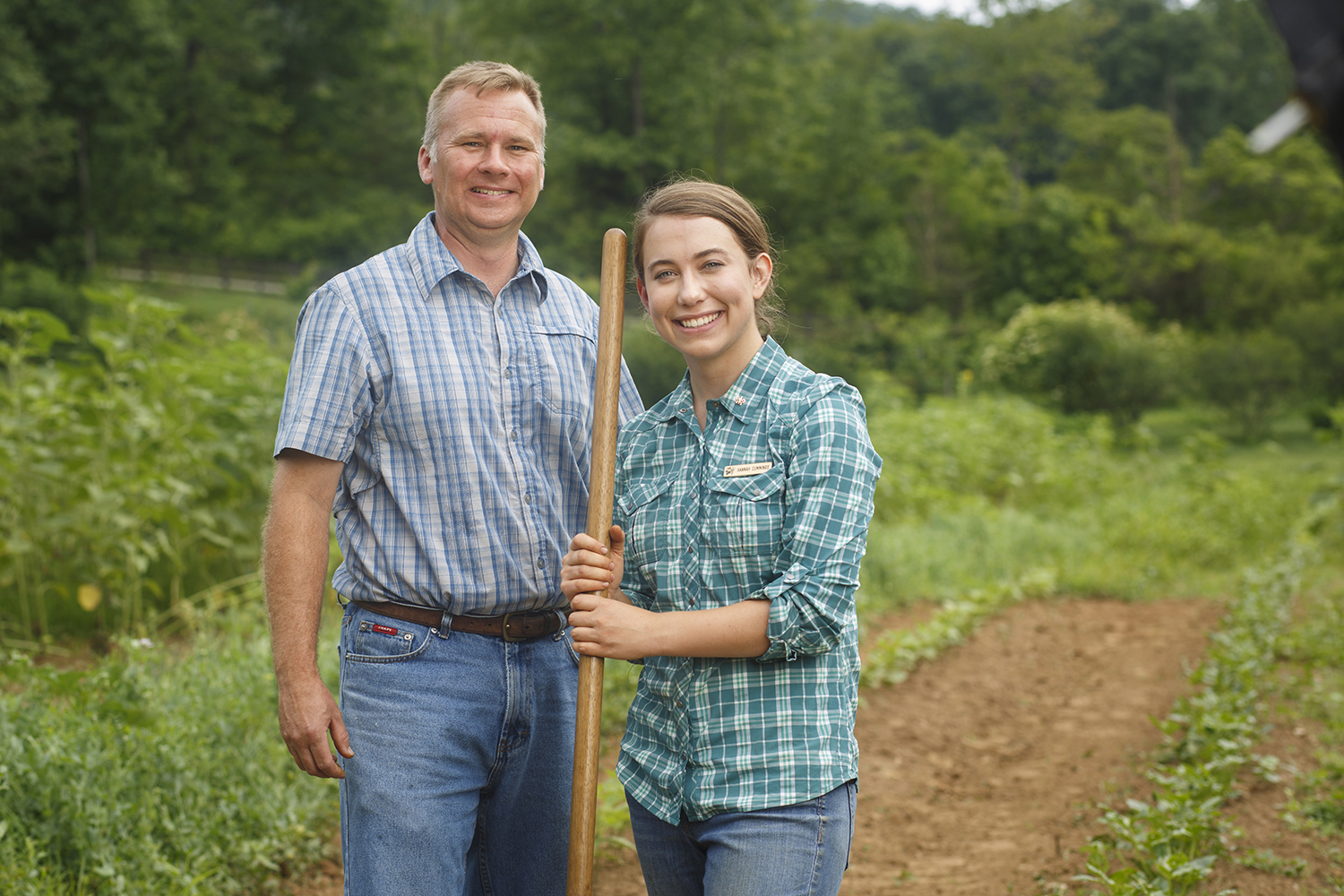Hannah Cummings’ senior study breaks new ground

Hannah Cummings’s senior study is breaking new ground in more ways than one. As a biology major, Hannah Cummings was initially unsure of a topic for her senior study. Cummings’s interest in botany led her towards the topic of companion planting. She wanted to find a sustainable and organic alternative to pesticides.
“I knew I was interested in botany,” said Cummings. “After talking with Dr. Crain, everything finally just came together.”
When trying to choose a form of natural pest deterrents to study, Cummings was reminded of methods she had been taught as a child.
“My family had used marigolds as pest deterrents before,” said Cummings.
When she began researching the usage of marigolds as companion plants in an effort to deter pests, she found very little research. Because of this, she chose to use marigolds in her study.
“I initially wanted to test the effects of marigolds as pest deterrents for spinach,” said Cummings.
However, once her research directed her to the invasive Mexican bean beetles, her focus shifted from spinach to green beans.
“I just had to do something with that!” said Cummings.
The initial stages of Cummings’s study proved to be challenging. She needed to formulate her proposal before she could begin her work.
Hannah Cummings is an Intern at Blackberry Farms and was able to work with John Coykendallm master gardener at Blackberry Farms, for both her internship and experiment. Her connection to Blackberry Farms proved extremely helpful in Cumming’s experiment.
Cummings planted her green beans in a small plot on Maryville College Campus as well as on Blackberry Farms.
Cummings used both an heirloom and commercial variety of beans in her study. Coykendall proved the heirloom variety, Black Valentine, and Cummings purchased the commercial Blue Lakes from the local Co-Op.
Cummings did encounter some challenges while analyzing her data. She had initially planned to weigh the total harvest from both types of beans.
“I decided against weighing the beans because some naturally grew larger. It wouldn’t make sense,” said Cummings.
Cummings ended up counting the beans produced by each individual plant in order to do a thorough statistical analysis on the effect of marigolds on the harvest yield.
Cummings was also interested in the amount of damage to the leaves of her bean plants. She had hoped to find a correlation between the usage of marigolds and a decrease in leaf damage of the bean plants.
Through her study, Cummings found no significant increase in the harvest yield of the heirloom variety when planted with marigolds. She did, however, see a significant increase in harvest yield of the commercial variety when planted with marigolds.
Although this wasn’t the exact outcome Cummings had hoped for, she continued researching in pursuit of the scientific reasoning behind the outcome.
“At this point, we’re still not completely sure why,” said Cummings.
Because she found no correlation between the use of marigolds and leaf damage, Cummings is in the process of researching whether or not the marigolds could have had some other benefit to the plants that did produce more.
“Maybe it affected the soil,” said Cummings. “There have been studies that show marigolds can repel root knot nematodes.”
Cummings’s reflects happily on her experience.
“I initially was on the pre-med track. The same semester I began my study, I decided to focus on botany,” said Cummings. “This study really helped me discover my true interests!”
After Cummings graduates in May, she plans to continue her work at Blackberry Farms and possibly pursue graduate school.

